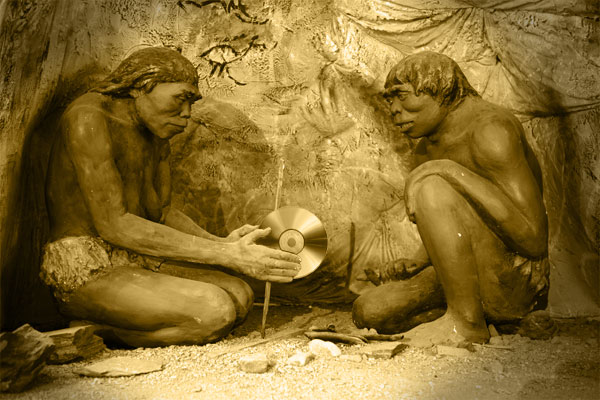The environment is a hot topic now-a-days.
How are you helping or hurting the environment with your duplication or replication of CDs?
Working with CDs and DVDs has an impact on the environment and it is important to understand how you are impacting the world around you. Not only that, but you must realise the various ways you can counteract the damage that you put on the environment due to your use of CDs or DVDs.
How are you impacting the environment?
Whenever you create a CD you build one kilogram of carbon dioxide that is released into the atmosphere.
Unfortunately most people don’t think that this will affect much. However, since the world’s population is so large, 2,455,000 metric tons of carbon dioxide are created every year from the combination of people’s CD creation.
This statistic is just from the music industry alone. With the addition of promotional CDs, DVD movies, computer games and everything else that is used on CDs the numbers most likely double.
The aftermath
What happens to a CD after you dispose of it?
They typically end up in a landfill. Due to their makeup, they cannot be recycled. In fact, if they are accidentally recycled they can damage the equipment that is used to recycle materials.
An alternative
Polylactic acid (PLA) is a great alternative to the plastic used in CDs. It is biodegradable and can reduce the effect of typical plastics used in CDs.
The material used in CD cases is also a great burden on the environment. In order to counteract the effects of CD cases, you can use PLA cases. You can also use cases that are made out of paper that many music producers have used to create CDs. The only problem with using paper cases is that they are not as durable as the usual plastic cases.
What can you do?
Every small act helps. If you would like to prevent the problems of CD pollution you can send your CDs to private companies who recycle them. A great CD recycling company in the UK is Polymer Recycling Ltd.
You can also choose to work with environmentally friendly companies when choosing your CD duplication and replication options. There are many options out there, but don’t forget that Duplication Centre recycles its packaging materials, so it is an environmentally responsible choice for CDs.
